Cilantro Health Benefits: 10 Powerful Ways To Boost Your Health
This tasty herb is not merely for garnishing – it keeps many ailments at bay too!
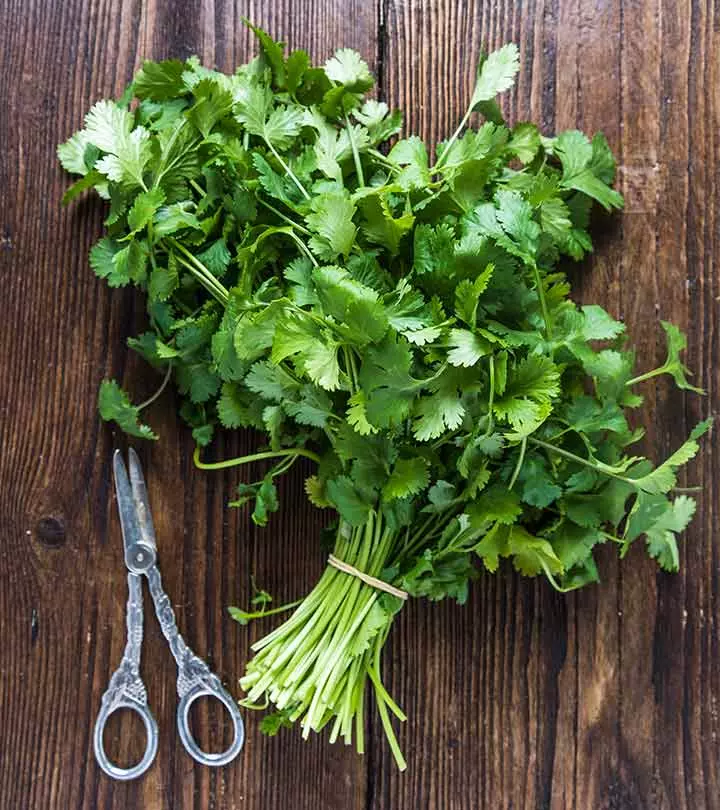
Image: Shutterstock
Presentation is important – whether it is a business proposal or a culinary masterpiece. Don’t you think so? And what is one of the most common ingredients used to garnish and present a dish? Yes, it’s cilantro. This wonder herb not only has the power to enhance the flavor, taste, and feel of a dish, but it can also benefit your health in various ways. Read on to know more about how cilantro benefits your health.

 Know Your Ingredient: Cilantro
Know Your Ingredient: CilantroWhat Is It?
A leaf of the coriander plant that is widely used for its flavor as a garnish.
What Are Its Benefits?
Helps detoxify the body, aids digestion, boosts memory, improves kidney function and may treat diabetes.
Who Can Use It?
All except those with dental implants and fractures.
How Often?
Regularly, but in moderation.
Caution
Excess consumption may remove heavy metal ions from your body and cause photosensitivity.
In This Article
What Is Cilantro?
A member of the Apiaceae or Umbelliferae family, cilantro (Coriandrum sativum) is an herb that is popularly known by its Spanish name. This fab ingredient has different names in different parts of the world – coriander, Chinese parsley, dhaniya, coriandolo, kusthumbari, and so on. Which is a testimony to the fact that it is a global culinary sensation.
 Trivia
TriviaCilantro’s origins have been traced to southern Europe and the Mediterranean, and it is one of the oldest spices in history, in use for 2000 years (1). It elevates the taste of any cuisine that it’s added to. However,0 there should be some logic behind its use for over 20 centuries, don’t you think?
 Did You Know?
Did You Know?Cilantro is full of nutrients and has a multitude of uses and benefits. Here’s a list of all the favors it does for you and your health.
Key Takeaways
- Cilantro is rich in antioxidants that may protect the skin and fight against several infections.
- The active compounds in cilantro help prevent tumor formation, detoxify the body, and boost digestion.
- Excess intake of cilantro may cause photosensitivity and react with heavy metals.
- It can be consumed in fresh or dried forms and can be added to a variety of dishes.
10 Amazing Benefits Of Adding Cilantro To Your Diet
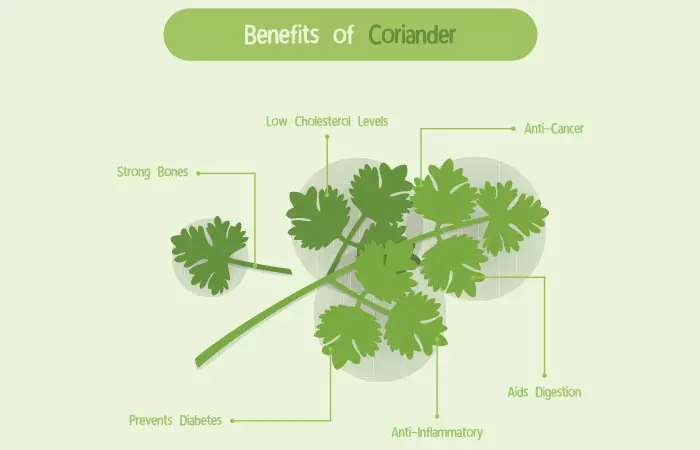
1. Prevents Tumor Formation And Growth
The active compounds in cilantro, like phthalides and terpenoids, induce the production of specific enzymes. These convert the tumor-causing ions and compounds into less toxic forms. This activity stops tumor formation and growth (2).
2. Detoxifies Your Body
Cilantro has one of the best biochemical profiles amongst herbs that can rejuvenate your body. The terpenoids, polyacetylenes, and carotenoids scavenge the harmful free radicals and reactive oxygen species in the blood. One glass of cilantro crush will flush out all the toxins from your body.
Kartia Velino, a vlogger, emphasized the detoxifying benefits of cilantro and parsley. She says, “Cilantro is used to detoxify heavy metals in your system. It will help to open up your lymphatic system so that all the toxins in your body and heavy metals will drain out of the lymph nodes (i).”
3. Is A Natural Painkiller And Anti-inflammatory Agent
Cilantro or coriander seeds possess analgesic activity. They reduce pain by acting on the central pain receptors. Linalool is the active compound that gives cilantro this property (3).
4. Aids Digestion – Cures Stomach Cramps

According to traditional scholars, coriander prevents the rising of harmful gases from the stomach to the brain. Modern medicine has found that cilantro and its oil can be used as carminativesi An ingredient or medication designed to stop gas production in the digestive system or speed up gas ejection. (4).
5. Helps In Weight Loss
According to Ayurveda, coriander seed decoction reduces blood lipid levels.
The sterols present in the seeds and leaves inhibit the absorption of dietary cholesterol, thereby preventing weight gain (5).
6. Has Anti-diabetic Properties
Traditional medicine in Jordan, Morocco, Persia, and Saudi Arabia used cilantro leaves for treating diabetes.
The leaves contain higher levels of potent anti-inflammatory flavonols like quercetin, tannins, and sterols, which give the anti-diabetic nature to this herb.(6)
7. Treats Urinary Tract Infections (UTIs) – Improves Kidney Functioning
Dealing with UTI gets much easier when you have coriander seeds in your kitchen. These seeds enhance the urine filtration rate of kidneys, leading to quicker urine generation. This reduces water retention in the body. Also, your body gets rid of all the toxins and microbes, keeping the urinary system clean.
8. Works Wonders For Your Skin

Cilantro is known for its antioxidant properties. The leaves and coriander seeds contain terpenoids, sterols, polyphenols, aromatic acids, and carotenoids, which scavenge the free radicals and heavy metals and manage oxidative stressi A condition spurred by an imbalance between cells' ability to detoxify oxygen radicals and their propensity to accumulate them. in your body.
Essential oils or extracts of cilantro can cure bacterial or fungal infections of the skin (including pimples and acne) by purifying your blood.
 Trivia
Trivia9. Boosts Memory Power And Brain Functioning
A combination of the antioxidative, anti-inflammatory, and cholesterol-lowering activities of this wonder herb bring about this effect on the brain. The neurons get less exposed to oxidative stress, resulting in a better lifespan, leading to better memory.
This cognitive effect of cilantro on memory and the nervous system is being applied to manage patients with Alzheimer’s diseasei A neurologic disorder that shrinks and kills brain cells and progressively worsens, leading to severe disorientation and memory loss. .
10. Is An Antibacterial, Antifungal, And Anthelmintic Agent
Apart from doing all the good to your body, cilantro and coriander seeds have antibacterial and antifungal properties. Thanks to the bioactive compounds, cilantro can also kill parasites in your body (anthelmintic).
This property is exploited not only in medicine but is also applied to food preservation and preventing spoilage (3). That means you can store meat, fish, grain, vegetables, etc. with some coriander seeds or suitable extracts for extended periods.
But what gives cilantro these characteristic properties? Let’s find out.
Nutritional Profile Of Cilantro
The bioactive compounds are responsible for each of the benefits of cilantro. Here’s a glance at cilantro’s nutrition profile:
| Nutrition Facts Serving Size 4g | ||
|---|---|---|
| Amount Per Serving | ||
| Calories 1 | Calories from Fat 0 | |
| % Daily Value* | ||
| Total Fat 0g | 0% | |
| Saturated Fat 0g | 0% | |
| Trans Fat | ||
| Cholesterol 0mg | 0% | |
| Sodium 2mg | 0% | |
| Total Carbohydrate 0g | 0% | |
| Dietary Fiber 0g | 0% | |
| Sugars 0g | ||
| Calcium | 0% | |
| Iron | 0% | |
| Vitamins | ||
| Amounts Per Selected Serving | %DV | |
| Vitamin A | 270IU | 5% |
| Vitamin C | 1.1mg | 2% |
| Vitamin D | ~ | ~ |
| Vitamin E (Alpha Tocopherol) | 0.1mg | 1% |
| Vitamin K | 12.4mcg | 16% |
| Thiamin | 0.0mg | 0% |
| Riboflavin | 0.0mg | 0% |
| Niacin | 0.0mg | 0% |
| Vitamin B6 | 0.0mg | 0% |
| Folate | 0.0mg | 1% |
| Vitamin B12 | 0.0mcg | 0% |
| Pantothenic Acid | 0.0mcg | 0% |
| Choline | 0.5mg | |
| Betaine | ~ | |
| Minerals | ||
| Amounts Per Selected Serving | %DV | |
| Calcium | 2.7mg | 0% |
| Iron | 0.1mg | 0% |
| Magnesium | 1.0mg | 0% |
| Phosphorus | 1.9mg | 0% |
| Potassium | 20.8mg | 1% |
| Sodium | 1.8mg | 0% |
| Zinc | 0.0mg | 0% |
| Copper | 0.0mg | 0% |
| Manganese | 0.0mg | 1% |
| Selenium | 0.0mcg | 0% |
| Fluoride | ~ | |
Cilantro has high levels of vitamins A and K along with sodium. If you need supplementation for folic acid or folate, consider adding more cilantro to your diet in the form of fresh leaves or dried – since cilantro contains folate.
I was floored when I read about its importance in ancient medicine and housekeeping. Scroll down for more facts about cilantro leaves and seeds and their benefits.
Facts For You
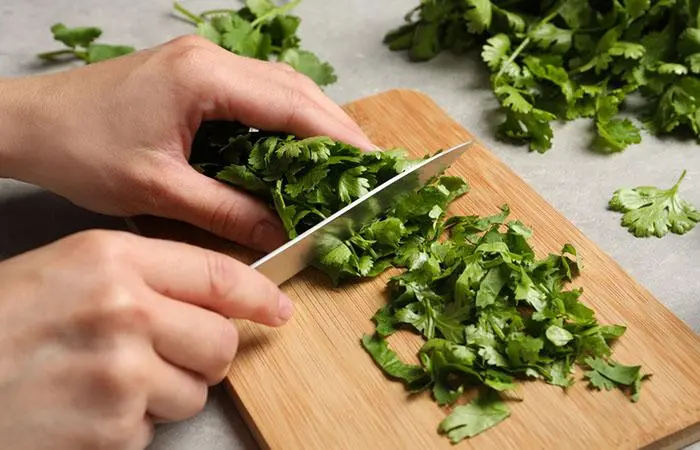
- The leaves of the Coriandrum sativum plant are called cilantro, and the seeds are called coriander seeds.
- The upper leaves of the plant are thin and blade-like, whereas the lower ones are denser and defined with smaller incisions.
- Egyptian tombs were found to have coriander seeds in their cases, indicating their medicinal properties.
- Turkey, Pakistan, and other Middle Eastern countries use cilantro as one of the active ingredients in their herbal formulations.
- Cilantro has flavonoids that help by relieving menstrual cramps and muscle spasms.
- Did you know that cilantro has insecticidal properties as well?
This is why I love this herb. You can use it in any form and get the maximum benefits – be it juice, in sauce, as a garnish, seasoning, dip, in a cooler, or as medicine. However, cilantro is often confused with coriander, so let’s have a look at the difference between these two.
Cilantro Vs. Coriander: What Is The Difference?
Cilantro and coriander are different parts of the plant Coriandrum sativum. The fresh leaves and stems are called cilantro, which is widely used in Mexican and Asian cuisines, adding a bright, citrusy flavor to dishes. On the other hand, the dried seeds of the same plant are called coriander. These warm, slightly nutty-flavored seeds are a commonly used spice in various cuisines worldwide, including Indian, Middle Eastern, and European dishes. The choice of term often depends on language differences. The herb is referred to as “cilantro’ in Spanish and in the US, UK, and Europe. The spice derived from it is called coriander.
One of the best ways to make the most of cilantro’s benefits is to know how to prepare it properly. Keep reading to learn more!
Preparation Tips
- Rinse cilantro under cool water to remove dirt and grit before using.
- Pat it dry with a paper towel or salad spinner.
- Use kitchen scissors to chop the leaves for a finer texture.
- Add cilantro to dishes at the end of cooking for the best flavor.
- Store leftover cilantro in a glass of water in the fridge, or wrap it in a damp paper towel and place it in a plastic bag.
Now it’s time to learn how to cook something quick, tasty, healthy, filling, refreshing, and relatable with cilantro. Below, I’m going to share a few of my comfort food recipes with cilantro. You are so going to love them!
3 Tasty Treats With Cilantro
1. Cilantro Shallot Green Salad: Refreshing And Healthy
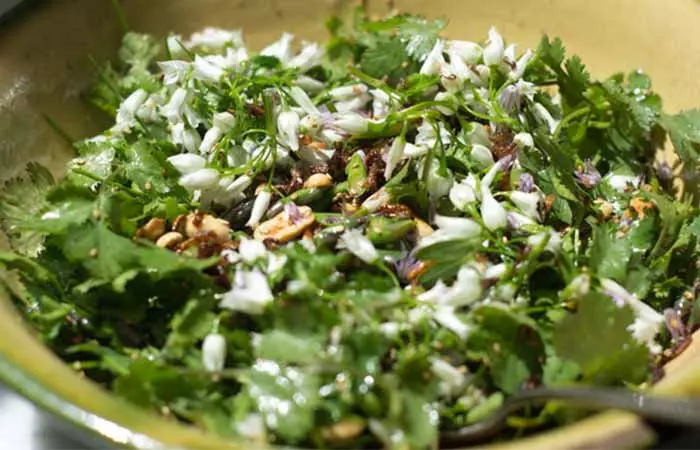
You’ll Need
- 2 teaspoons olive oil or sunflower oil
- 1 cup evenly sliced, sautéed (or crispy fried) shallots
- 150 g asparagus spears, very thinly sliced
- 1 fresh big bunch of cilantro leaves and stems
- ½ teaspoon soy sauce
- ½ teaspoon sugar
- ½ teaspoon salt (sea salt works best)
- ½ cup peanut, well-toasted
- 1 tablespoon toasted sesame seeds
- Garlic pods, chopped or sliced half (optional)
Let’s Make It!
- Boil water in a medium saucepan, add salt generously, and cook asparagus for about 15 seconds.
- Drain and quickly transfer them to a bowl of ice. Drain again and set aside.
- Trim and wash the cilantro leaves and stems thoroughly. Dry them completely.
- Whisk the soy sauce, salt, sugar, and oil.
- Place the cilantro, peanuts, asparagus, and sesame seeds in a large bowl.
- Drizzle the soy dressing over the contents and gently (but thoroughly) toss the bowl for a uniform spread.
- You can add some sautéed cottage cheese cubes if you want a refined texture.
- Serve with fresh, warm, homemade (garlic) bread on the side.
2. Lime Cilantro Rice: Super Quick And Refreshing
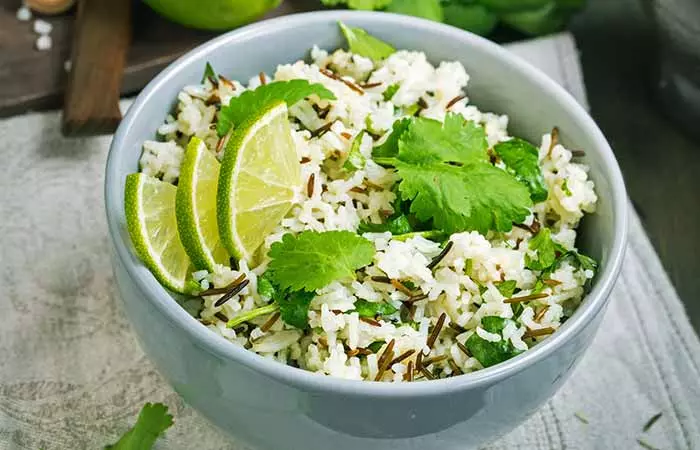
You’ll Need
- 1 ½ cups long grain basmati rice (you can replace it with brown rice)
- 2-3 tablespoons cooking oil (or olive oil)
- 1-2 pods garlic, chopped or minced
- 2 ¼ cups water (reduce the water quantity if you are using brown rice)
- 1 teaspoon salt
- Zest of 1 lime
- 3 tablespoons lime juice, fresh
- 1 cup chopped cilantro leaves and tender stalks
Let’s Make It!
- Heat the cooking oil or olive oil in a medium saucepan. Add garlic and sauté until it turns golden brown.
- Add the raw rice and stir well to coat all of it with oil uniformly.
- Cook while occasionally stirring until the rice turns brown.
- Add water, lemon zest, and salt to the rice. Mix well and bring it to a boil. Stir occasionally.
- Cover the saucepan and leave it on simmer for about 15 minutes.
- Turn down the heat, mix the contents, and let it sit for 10 minutes.
- Transfer the rice to a mixing bowl. Add lime juice and chopped cilantro to it. Toss gently to coat the rice uniformly.
- Place it in a serving bowl and have it with chicken, shrimp, steak, cottage cheese (paneer) or Asian curries.
3. Cilantro Chicken: Tasty And Filling
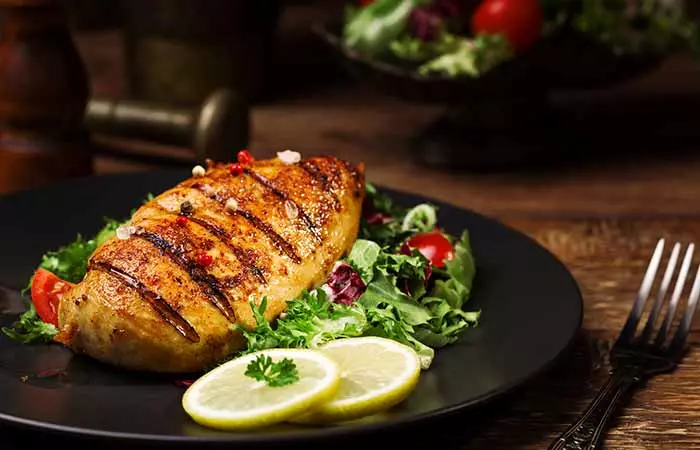
You’ll Need
- 4 boneless chicken breast halves
- ¼ cup lime juice
- ½ cup fresh cilantro, chopped
- 5-6 garlic cloves, chopped
- 1 tablespoon honey
- 1 tablespoon olive oil (cooking oil will do too)
- ½ teaspoon salt
- ¼ teaspoon pepper
Let’s Make It!
- Pound the chicken breasts into half-inch thick pieces and place them in a shallow dish.
- In a small bowl, mix the lime juice, cilantro, honey, oil, salt, and pepper.
- Pour over the breast pieces and turn them to coat the mixture evenly.
- Cover the pieces and chill to marinate for at least 30 minutes. Marinate overnight for best results.
- Lay them on a grill on medium heat. Turn them occasionally, and cook for 4-6 minutes per side. Do this until the pieces are no longer pink in the center.
- If you don’t have a grill, cook them on a frying pan with one to two tablespoons of oil over medium heat.
- Serve them hot with some flavored rice, pita bread or boiled, sautéed veggies on the side.
I have made all of these and wished to have more cilantro in a day. As per the nutrition data, you are allowed to eat about one-fourth cup per day. It has almost zero calories and no fat.
So, can you eat 10 g of cilantro a day? Or have the cilantro salad thrice a day? Where and when do you draw the line? And if you overate cilantro, what would happen? Scroll down to know the dark side.
Effects Of Cilantro Overdose
Although there are all the above-discussed benefits of cilantro, consuming too much of it can impact your body negatively. Learn some of the side effects of cilantro below.
1. Interacts With Heavy Metals
Cilantro has chelation effects on the heavy metal ions in your body. The bioactive components interact with mercury, cadmium, tin, and lead and mobilize them – causing their excretion (5).
Any implants (dental, splints, or fracture supports) made of these metals will get eroded if you overeat cilantro.
2. Might Cause Photosensitivity
Some studies suggest that cilantro and coriander seeds can cause photosensitivity.
Your skin becomes very sensitive and almost allergic to sun rays. The exact mechanism of how this works is still not well-studied.
Also, people with specific allergies or those taking certain medications should talk to a healthcare provider before greatly increasing their cilantro consumption to be on the safer side.
Infographic: Popular Cilantro Beverages
The health benefits of cilantro are immense, but it lacks culinary potential. The most you can do with it is use it as a garnish on your daily meal. However, it is possible to consume cilantro in other ways than adding it to food, so rest your concerns.
Check out the infographic below to discover how you can reap cilantro’s health benefits in different ways by incorporating it into beverages. Illustration: StyleCraze Design Team
Cilantro is a green herb with a distinct flavor and aroma. This aromatic condiment has a rich nutritional profile. Cilantro’s benefits can be attributed to its active compounds like potent antioxidants, dietary fiber, vitamins, and minerals. In addition, the herb is good for detoxification, aids digestion, and may support kidney function. It also has been shown to aid diabetes treatment. However, excess consumption may cause negative chemical interactions in your body or make you more sensitive to light. If you experience any side effects, limit your consumption and seek medical advice.
Frequently Asked Questions
How is parsley different from cilantro?
Parsley and cilantro belong to the same family and look similar. However, when you closely examine, parsley leaves have pointed ends, whereas cilantro leaves have curled ends.
In terms of flavor, cilantro is stronger than parsley. Also, the seeds of cilantro, called coriander, are more aromatic and are commonly used in cooking. Parsley seeds have not been used as much.
How to store cilantro for a longer time?
Fill a small jar or glass partially with water. Place the stem ends in the jar. This way, you can store them at room temperature or in the refrigerator.
If you are storing in the refrigerator, cover the leaves of the submerged cilantro with a loose, plastic bag. The leaves will not wilt and stay fresh for about two weeks. Change the water when it gets dirty for better results.
In what forms can you eat cilantro?
You can add the stems and leaves of cilantro to salads, sides, and main courses as garnish. You can grind cilantro to make pesto and dips and add it to juices or coolers. Dried cilantro and coriander seeds can be used in spice mixes too.
Is cilantro a superfood?
Possibly. Cilantro has antioxidant and antimicrobial properties that may help boost our health in many ways. Hence, it may be considered a superfood.
Does cilantro cleanse your liver?
Possibly. Cilantro is replete with phenolic compounds that act as antioxidants. These protect the liver and boost its function (7).
Is cilantro good for hair?
Possibly. According to traditional medicine, cilantro juice may help boost hair growth and prevent hair fall. However, there is more scientific research warranted in this regard.
Does cilantro make you sleepy?
Yes. Cilantro contains linalool, a compound known to exert sedative effects (8).
Is cilantro better fresh or dried?
Fresh cilantro is better as it has a stronger aroma due to its rich source of aromatic and bioactive compounds (9).
Is cilantro good for high blood pressure?
Yes. Cilantro contains flavonoids, phenolic acids, phytosterols, and terpenes, which are compounds with anti-hypertensive properties (10).
Does cilantro help with anxiety?
Possibly yes. A mice study has shown that cilantro extracts may help relieve anxiety. This property is ascribed to linalool, which has noticeable effects on the central nervous system, thanks to its hypnotic and anticonvulsant qualities (11).
Cilantro tincture is used as a part of medical formulations. It is used in combination with other herbs to cure indigestion, respiratory troubles, heavy metal poisoning, bacterial infections, diabetes, and vitamin K deficiency.
Illustration: Health Benefits Of Cilantro, Nutrition Profile, And Recipes
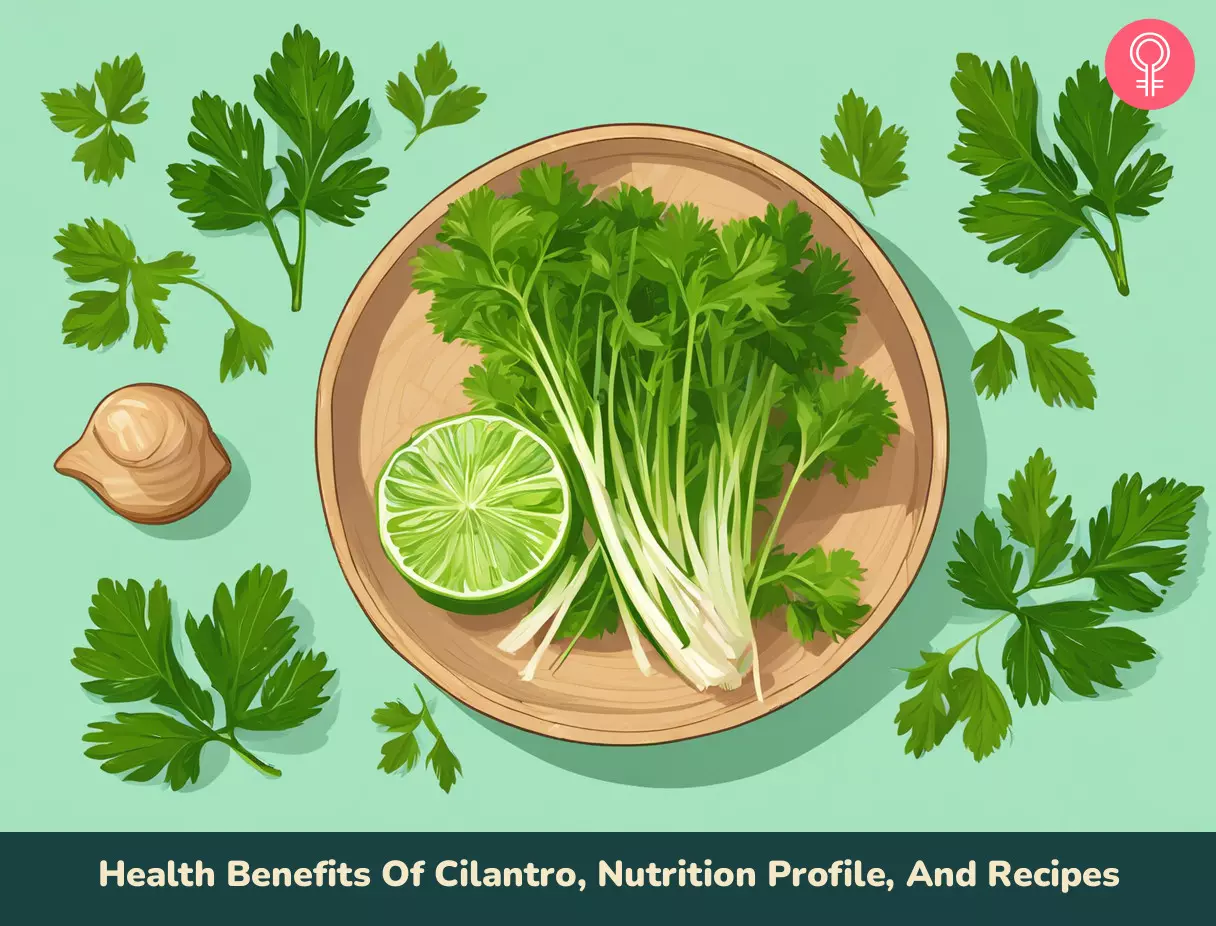
Image: Stable Diffusion/StyleCraze Design Team
Learn about the amazing health benefits of allspice and discover the nutrients and facts that make this spice so beneficial for your health. Watch the full video here.
Personal Experience: Source
StyleCraze's articles are interwoven with authentic personal narratives that provide depth and resonance to our content. Below are the sources of the personal accounts referenced in this article.
i. Cilantro and parsley to detoxify heavy metals, boost your thyroid,https://www.youtube.com/watch?v=7g_XB5HTbEo
References
Articles on StyleCraze are backed by verified information from peer-reviewed and academic research papers, reputed organizations, research institutions, and medical associations to ensure accuracy and relevance. Read our editorial policy to learn more.
- “Novel compounds in fruits of coriander (Coşkuner & Karababa)“..
- “Health-promoting properties of common herbs…” The American Journal of Clinical Nutrition
- “Coriander (Coriandrum sativum L.)…” The Asian journal of Tropical Biomedicine, ScienceDirect
- “Prevention and Treatment of Flatulence…” US National Library of Medicine
- “Coriander (Coriandrum sativum) and its…” US National Library of Medicine
- “Plant Secondary Metabolites of Pharmacological...” International Journal of Current Microbiology and Applied Sciences
- Pharmacological screening of Coriandrum sativum Linn. for hepatoprotective activity
https://www.ncbi.nlm.nih.gov/pmc/articles/PMC3178952/ - Sedative effect of central administration of Coriandrum sativum essential oil and its major component linalool in neonatal chicks
https://pubmed.ncbi.nlm.nih.gov/26911626/ - Coriandrum sativum L.—Effect of Multiple Drying Techniques on Volatile and Sensory Profile
https://www.ncbi.nlm.nih.gov/pmc/articles/PMC7918196/ - Coriandrum sativum L.: A Review on Ethnopharmacology Phytochemistry and Cardiovascular Benefits
https://www.ncbi.nlm.nih.gov/pmc/articles/PMC8747064/ - Anti-anxiety activity of Coriandrum sativum assessed using different experimental anxiety models
https://www.ncbi.nlm.nih.gov/pmc/articles/PMC3195130/
Read full bio of Girlene Coughlin
Read full bio of Swathi Handoo
Read full bio of Ravi Teja Tadimalla
Read full bio of Aparna Mallampalli






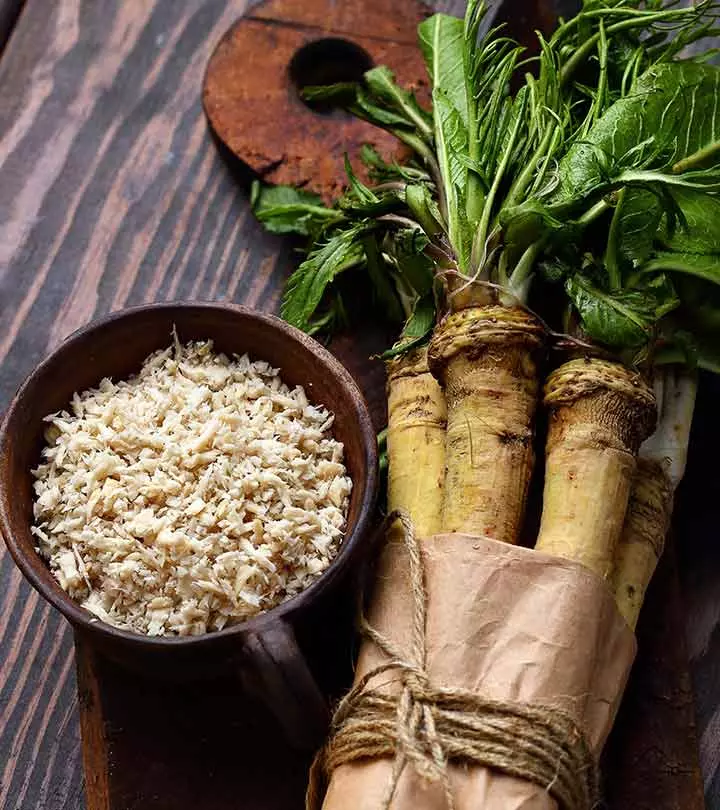
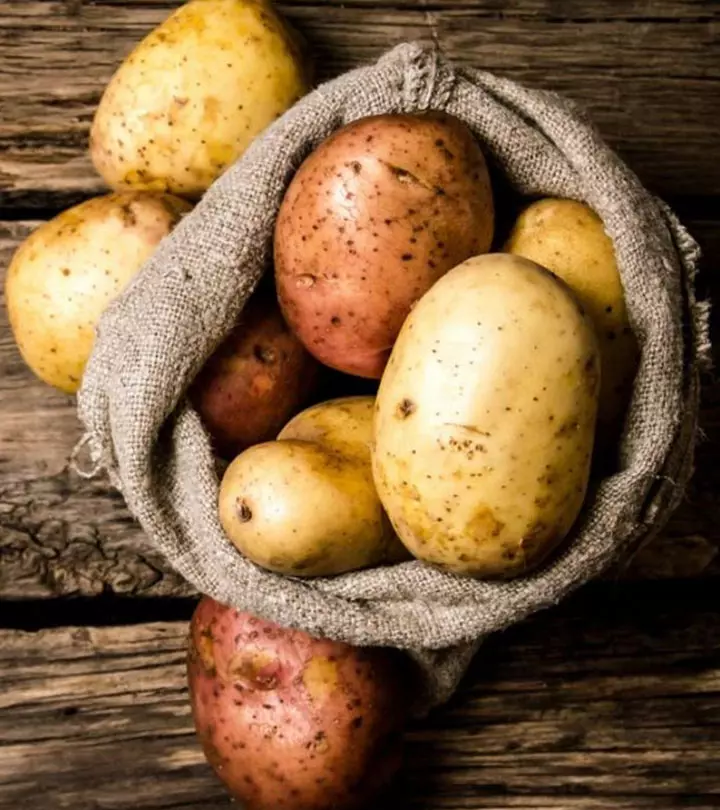
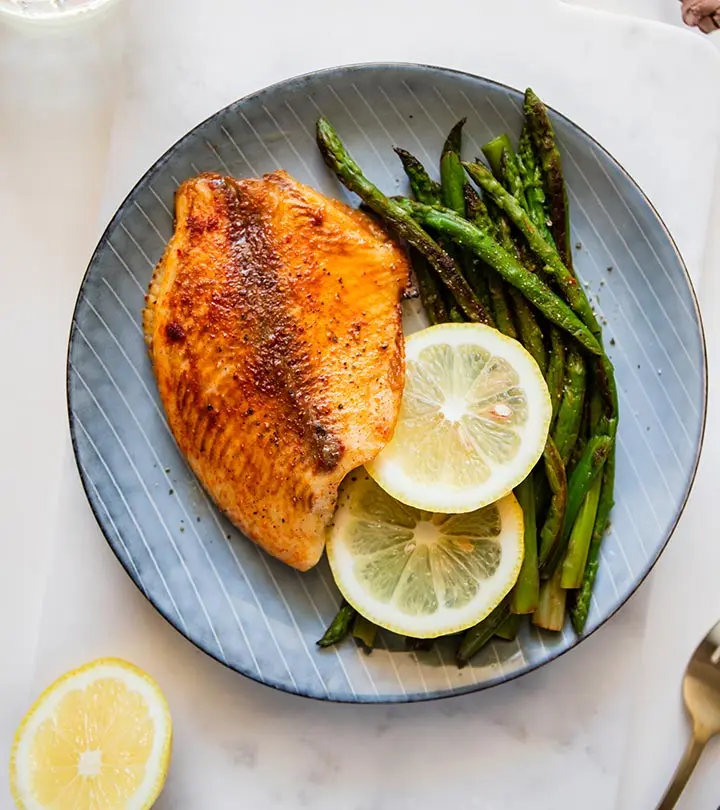
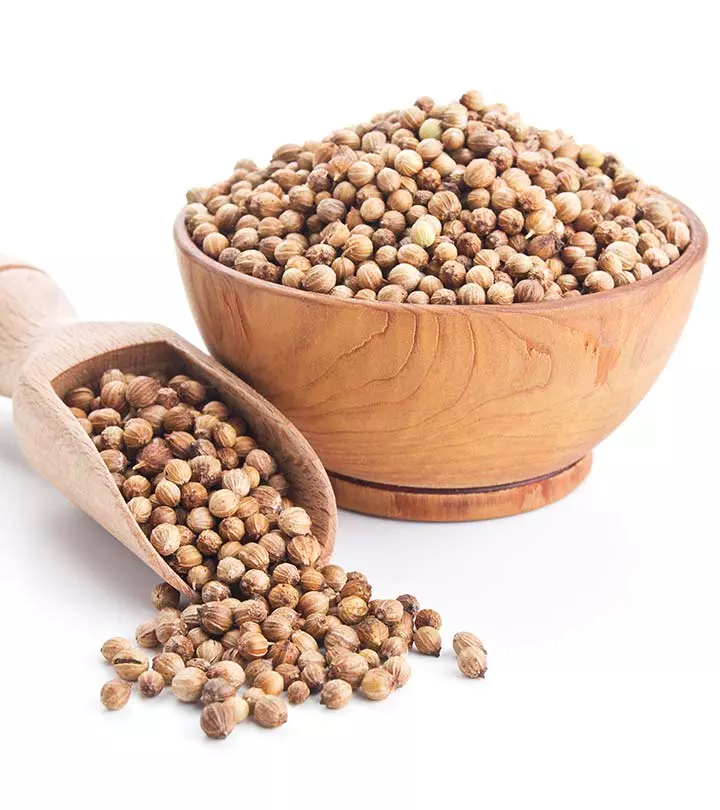
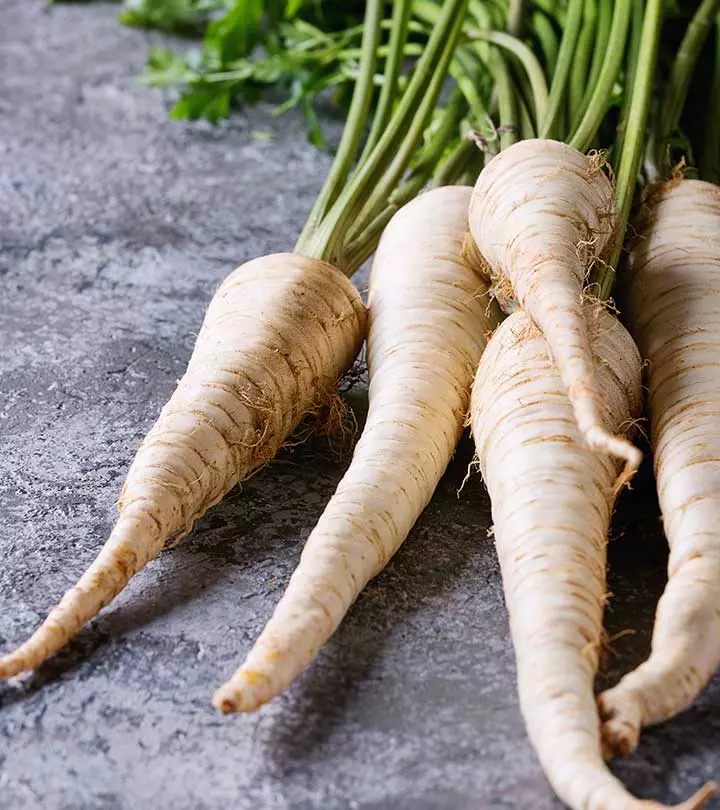
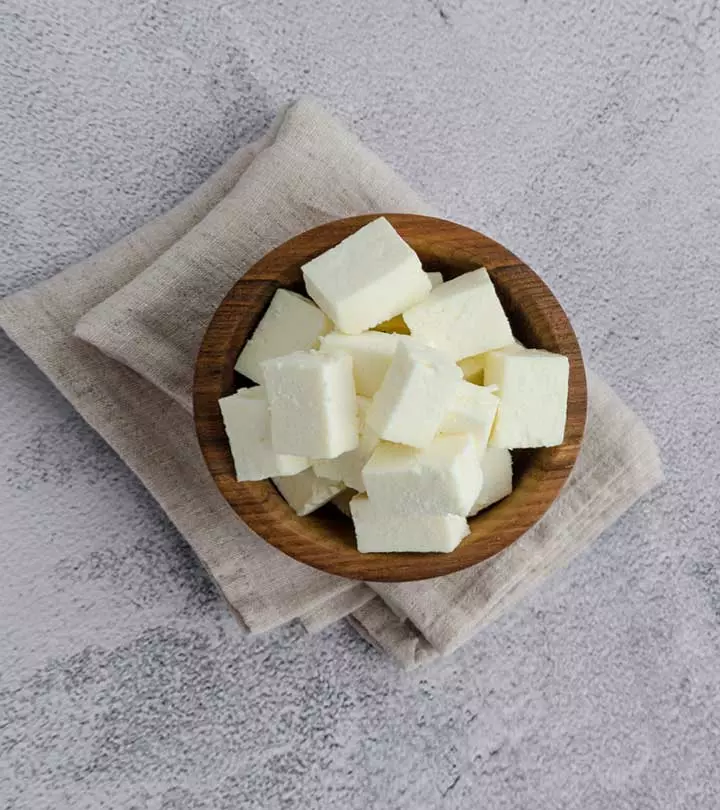
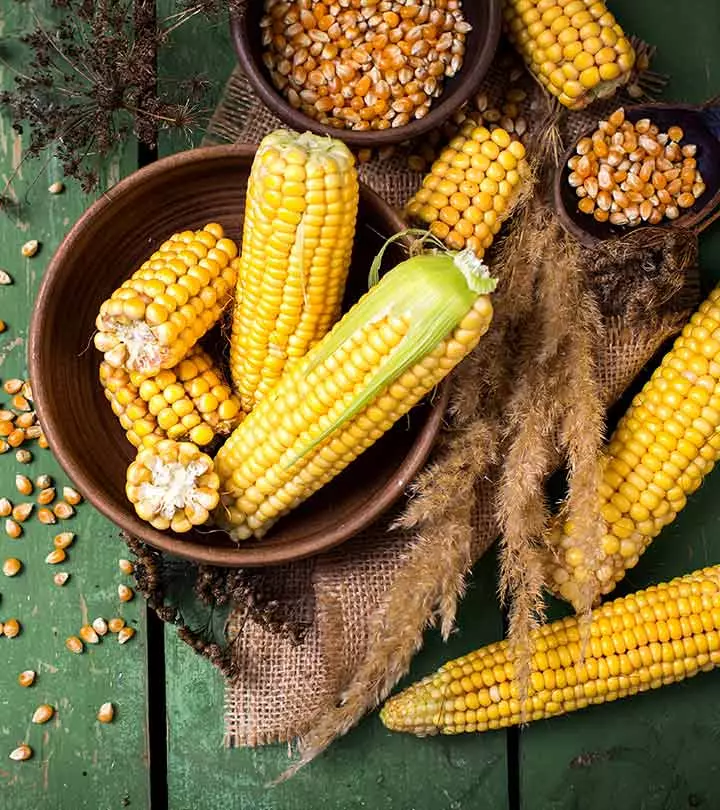
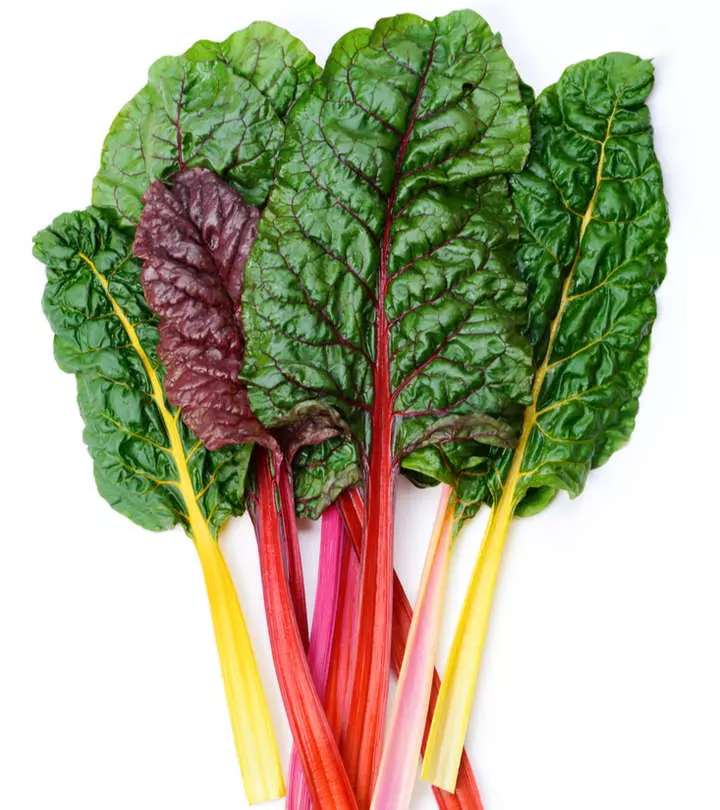
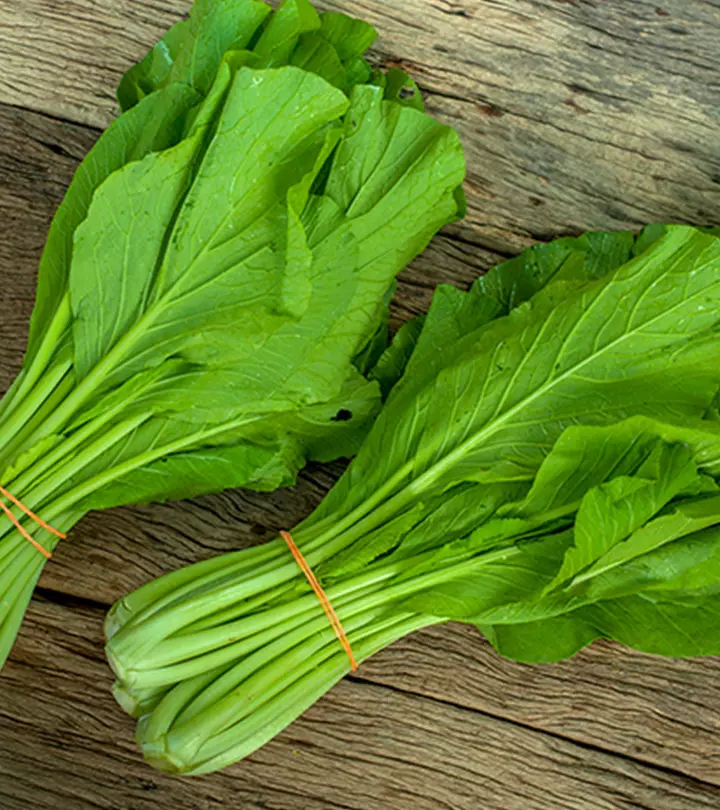
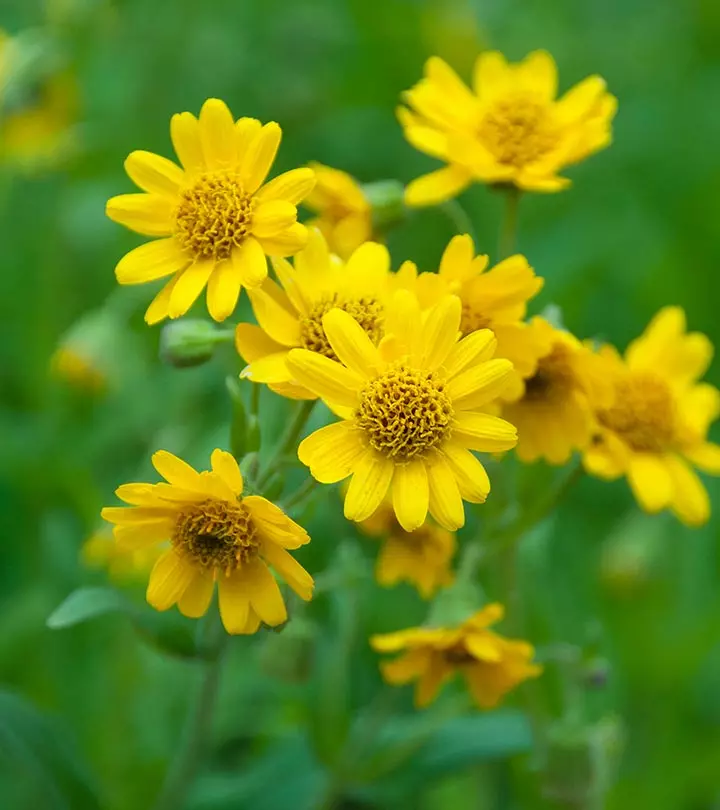
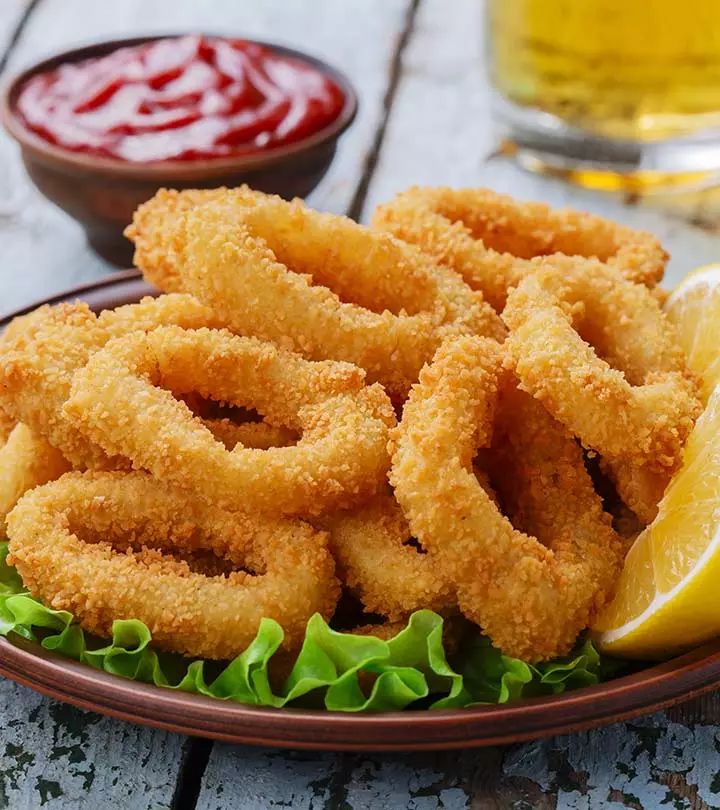
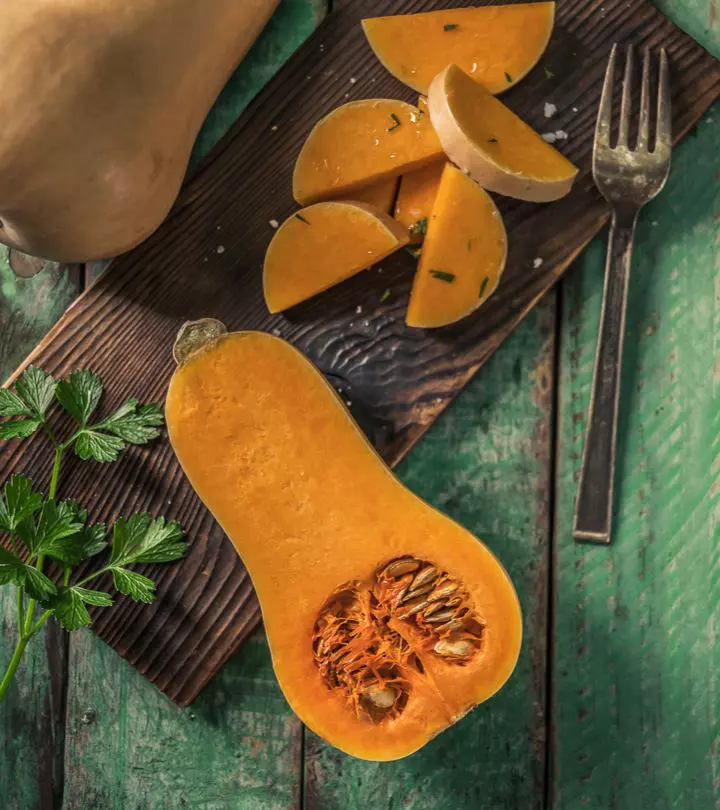

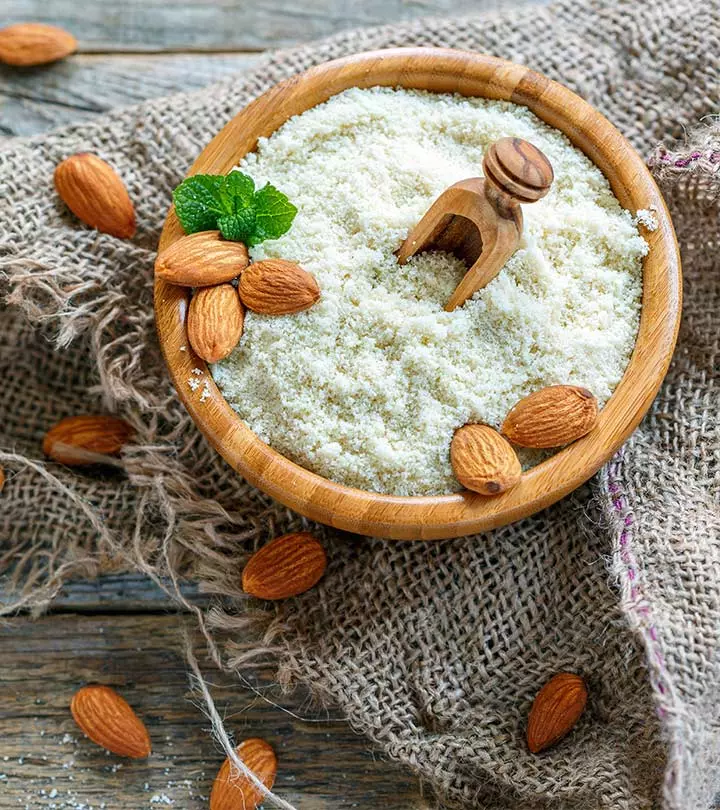

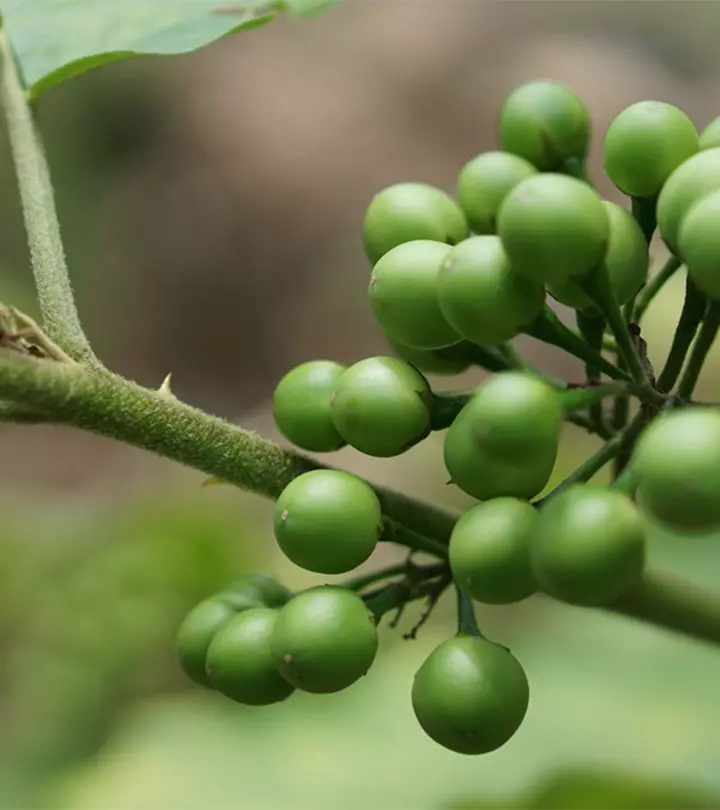
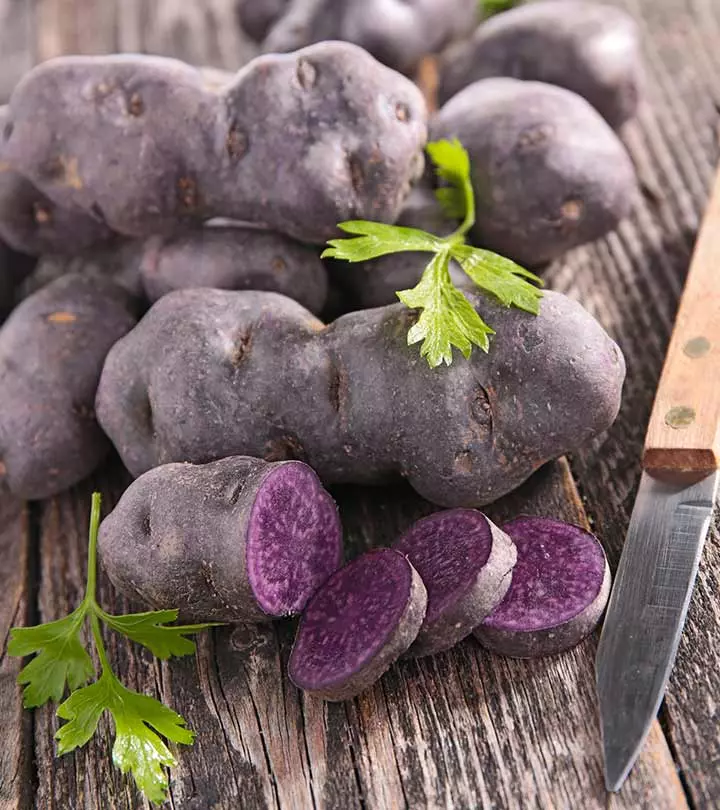


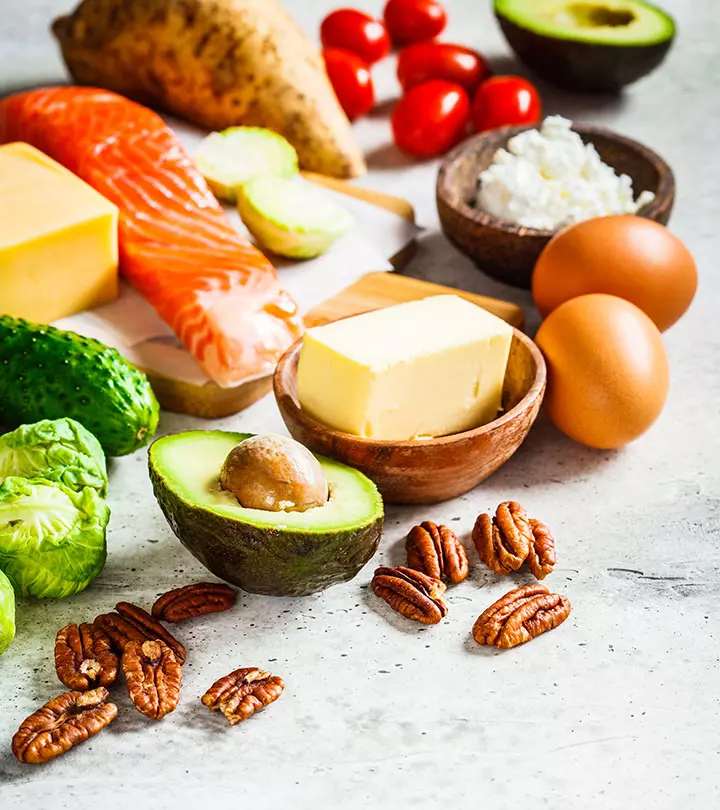
Community Experiences
Join the conversation and become a part of our empowering community! Share your stories, experiences, and insights to connect with other beauty, lifestyle, and health enthusiasts.